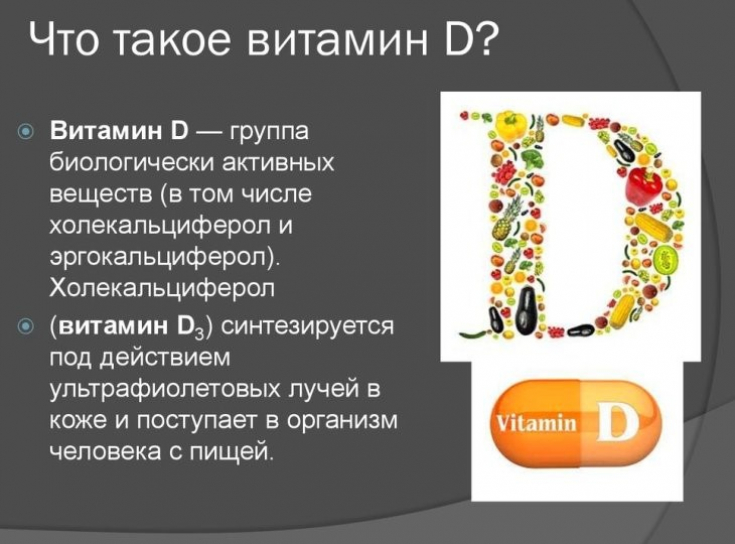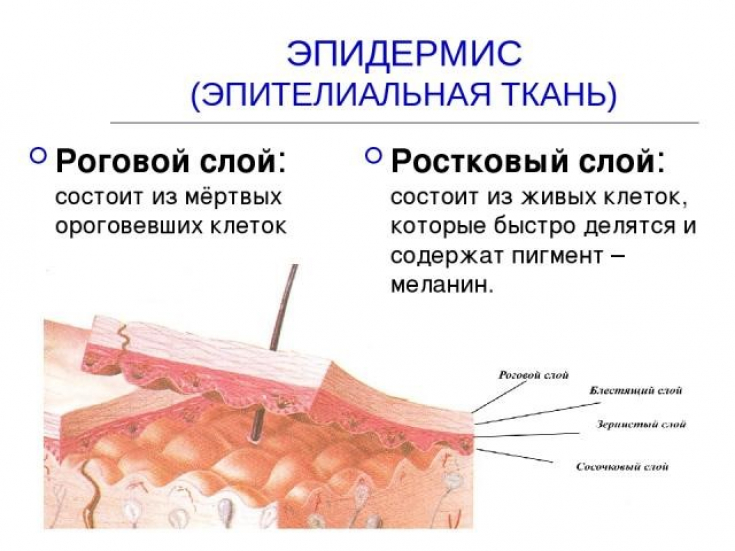Atopic dermatitis is a chronic or relapsing skin disease caused by complex interactions between genetic, immunological, and environmental factors. This disease is characterized by chronic inflammation, epithelial barrier disruption, immunological disorders, and elevated serum
D plays in the course of atopic dermatitis.
- defects in the barrier function of the skin in atopic dermatitis
- immune disorders in atopic dermatitis
- The role of vitamin D in atopic dermatitis Defects in the barrier function of the skin in atopic dermatitis
In the epidermis of patients with
atopic dermatitis there are significant impaired barrier function and increased transepidermal water loss, which makes the affected skin sensitive to the penetration of allergens, bacteria, fungi and viruses.
Subscribe to our page onFacebook! The mechanisms of these disorders are the lack or defects of the molecules of
structural proteins of the skin(filagrin, involucrin, loricrin, keratins K5 and K16, etc.), epidermal proteases and their inhibitors; changes in the pH of the skin; reduction in ceramides, which maintain the integrity of the lipid barrier, which also retain moisture. Immune disorders in atopic dermatitis
Immune disorders in the conditions of development of atopic dermatitis are two-phase:
in the acute stage,Th2-mediated inflammation dominates, and in the chronic process ─ Th 0 and Th1. Consequently, in acute lesions, there is an increase in the levels of IL-4, IL-5 and IL-13 (Th2-lymphocyte cytokines), and in chronic conditions, IFN-γ and IL-12.
What can trigger an exacerbation of atopic dermatitis? In 80% of cases of atopic dermatitis, there is also an increase in IgE levels with an increase in specific antibodies to food allergens or aeroallergens.
In addition to defects in acquired immunity,in patients with AD, dysfunction of various components of innate immunity
(disruption of the skin barrier, impaired function of natural killers, neutrophils) is recorded. The role of vitamin D in atopic dermatitis
The effect of vitamin D on the incidence and severity of atopic dermatitis has been well studied. In large population-based studies, it has been shown that
deficiency or lack of vitaminD is accompanied by an increased risk of developing atopic dermatitis. Observational studies have shown that adults and children with AD have lower vitamin D levels than controls.

The severity of
BP has also been shown to be inversely correlated with vitamin levels.Patients with atopic dermatitis are prone to colonization of the skin by Staphylococcus aureus, which worsens the course of the disease due to the production of exotoxins. Gilaberte et al. found an association between low levels of vitamin D and virulence of Staphylococcus aureus.
Atopic dermatitis in children: features of therapy This was confirmed in a clinical study in which administration of vitamin D 2000 IU/day for 4 weeks was associated with
reduction in staphylococcal colonization and improvement in clinical symptoms of atopic dermatitis.Treatment with vitamin D also had a beneficial effect under conditions herpetic eczema, which often develops in patients with this dermatosis.
Skin functions, the violation of which causes the occurrence of dermatological pathologies Effect of narrow-band phototherapy with ultraviolet rays A and B, which is widely used in the treatment of psoriasis, mediated in part by an increase in serum levels of 25 (OH) D. Clinical study comparing the efficacy and safety of various treatments for chronic dermatoses.
As a result, it was found that the use of calcitriol and narrow-band phototherapy twice a week reduced the score on thePASI scale faster.

The combination of vitamin D or its analogs with corticosteroids has also been reported to be more effective than corticosteroid monotherapy because these
substances have complementary effects: vitaminD may counteract steroid-induced atrophy skin by restoring the epidermal barrier, but glucocorticoids reduce the severity of skin irritation around the focus of dermatosis. More useful information on our
YouTube channel:






